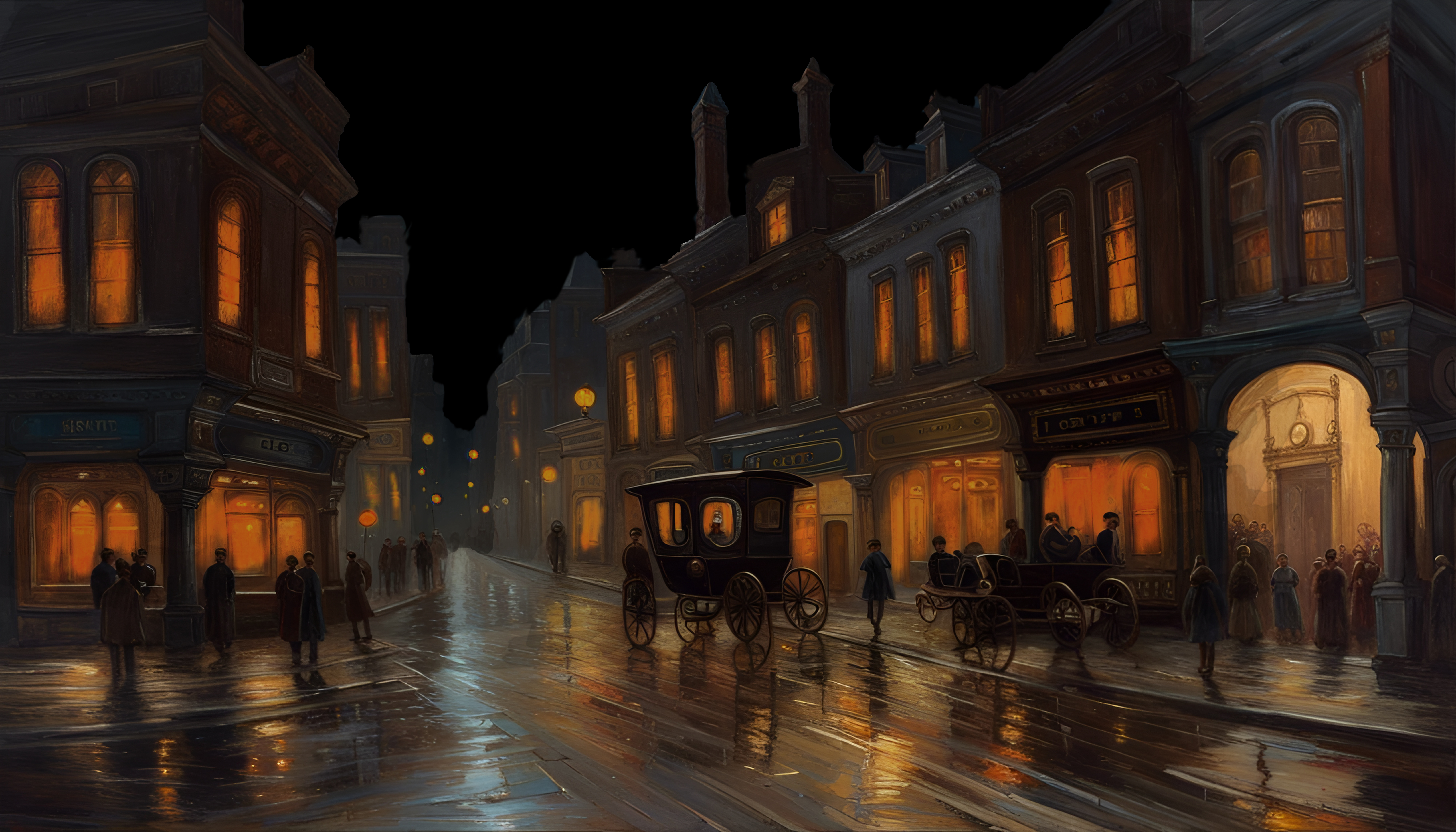The War of Little Statues
We entered into the camp and found it as empty as a cloister in a brothel. Tents stood, waiting for their occupants to return from the field, their flaps snapping in the strong wind. That wind shuffled what I thought was sand, but the clinking sound it made told me it was glass instead. As we traversed farther, the glass got thicker. It crunched beneath our boots, louder and louder. I could see now that it was multicolored. Amber, purple, blue, and the colors made as they mixed. What was first grains of color, now became fragments, then shards. As we got to the center of the camp, I became thankful for my high boots as we were now wading through a sea of jagged glass. We neared what I found out later was the armies command tent, just as empty as everything else we passed, and nearby was a medical tent. My sergeant told us to go over and check it for any wounded left behind. That was the first time I heard him give an order without shouting, and like us all, it seemed he was afeared of making noise in the spectrally quiet camp. As we neared the Glasscutter's tent, the glass amongst our feet grew thicker enough to be around our knees. The sheer amount of glass around us was enough to obscure our questions. Undeniably, there was a shocking amount of glass, but that only served for us to wonder how it got here. Never once did me or the other men ask that question as we pushed open the tent with rifles leveled. Inside, we found three glassed Otonomoi sitting in a circle. The only cleared space in the whole tent, floor or otherwise. All three sat with their back turned to the others, and held a hammer and chisle in cracked and chipped fingers. I looked about and saw them. Each bed, top and bottom bunk, held glass in some form. The beds next to us had the glassed forms of Otonomoi that had died, waiting for a Glasscutter. Every other was filled to bursting with little statues. At first I thought that they were wine bottles, or something similar. Only when I picked one up did I see that it was a small figurine, reminiscent of the porcelain skinned dancer I've seen spinning to the tune a music box emits, albiet made of glass and unpainted. I could scarcely believe it. There were hundreds, if not thousands of these Leipsanotaph, and each one had been given it's own space upon a bed or the floor. None touched another, nor was any of identical design. I turned the one I held in my hand over, examining it's gradient of details. Looking at the underside of it's base, a name burned itself in my mind. Janisari First Paletra, Sarisasni Fereydun. The detail of the figures face was great enough that the name couldn't just be an old memory, floating around within my mind until I myself die, it would be someone I saw while I slept and let my mind wander.
-Sergeant Halcyon Aeldis Aquilla, 99th Capital Regiment
The collection of 1,073 carved statues left behind after the Battle of Karlovenka Fields are considered national relics by the Otonomoi population of the country. It's said that while all of them are gathered together, they will protect the country from further tragedy.
Conflict Type
War



Comments